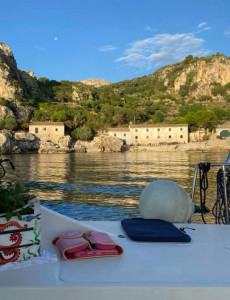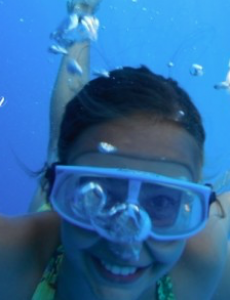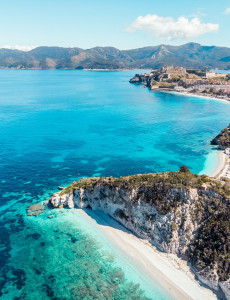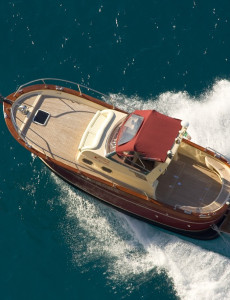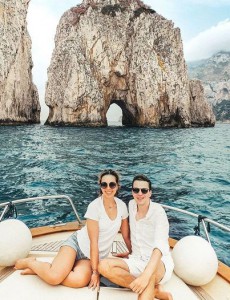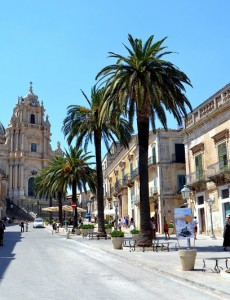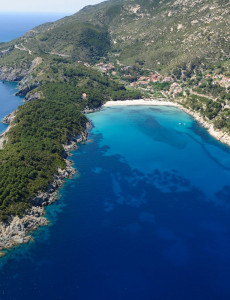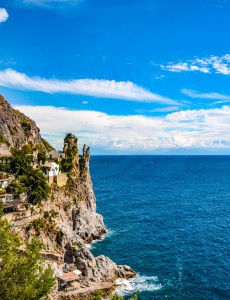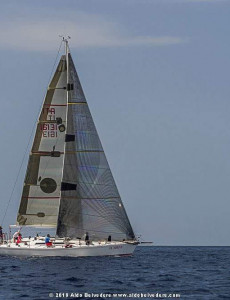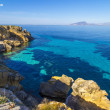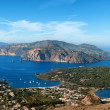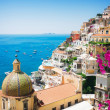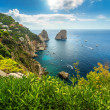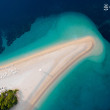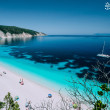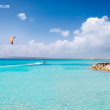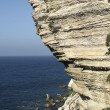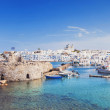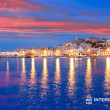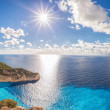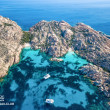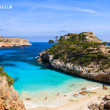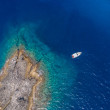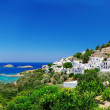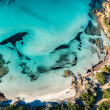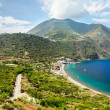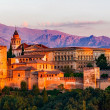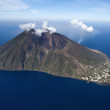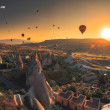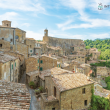
Italy
Where the Land Breathes Light: First Impressions of Italy from the Sea
From a distance, Italy rises from the water like a living museum — a coast drawn in motion, sculpted by wind and time. The first glimpse is not of cities or monuments, but of cliffs pierced by sunlight, olive trees rooted into impossible slopes, and pale stone villages perched above turquoise coves. The sea reflects the landscape in constant flux: quiet one moment, dazzling the next. Above it, swallows loop and glide, and in the deeper shallows, silver fish dart like loose threads in a tapestry.
The coastline is not one line but many. In the north, Liguria’s rocky outcrops cut sharp against the sea, while the south offers soft, sandy inlets where pine forests lean toward the shore. The volcanic edges of Sicily and the islands of the Tyrrhenian pulse with raw energy. This variety is the true signature of Italy travel — a journey not of sameness, but of contrast. Every region holds a new rhythm, every stretch of water leads to a different light.
There’s a quiet knowledge that settles in when you observe this country from its edges. The silence before dawn in a hidden bay, the echo of distant bells carried across water, the way terracotta roofs warm as the sun climbs — these are not tourist sights, but moments of connection. You realize that Italy is not just visited, but absorbed.
Italian holidays often begin with a list: places to see, things to do. But the richest experiences don’t always follow plans. They happen in pause, in presence — watching fog lift from a coastal hill, tasting salt in the breeze, or seeing how a village comes to life as shadows shift.
A thoughtful Italy guide begins not with what’s famous, but with what’s real: the light, the stone, the sea.
Why visit Italy? Because it’s a place that reveals itself slowly — not through spectacle, but through sensation, where every coastline is a doorway into a deeper, quieter story.

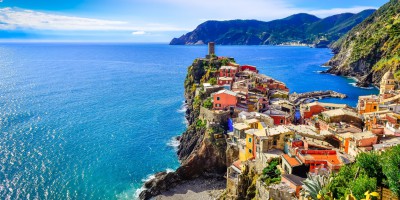
The Long Horizon: Exploring Italy One Coastline at a Time
Sailing along the coast of Italy is like moving through a gallery where the frames never end. From the rolling dunes of the Maremma to the limestone cliffs of the Amalfi Coast, the shoreline changes constantly in tone, light, and scale. Villages appear suddenly behind headlands, islands drift in and out of view, and coves open like secrets between stretches of raw coastline. To move by sea here is not simply to travel — it is to rediscover Italy through rhythm, space, and silence.
Each region offers its own coastal identity. The northwest is shaped by verticality — think Cinque Terre, where houses cling to cliff faces like brushstrokes. Further south, the Bay of Naples unfolds in wide arcs, each one hiding treasures like Ischia’s thermal beaches or Procida’s pastel harbors. Sicily surrounds you with contrast: black volcanic rock, golden sunsets, cobalt water. The Aeolian Islands offer anchorages beneath active volcanoes, while Sardinia reveals long, empty bays where Italy snorkeling becomes a floating meditation.
These are not places you pass through — they are places you pause. A private Italy catamaran charter lets you shift course with the wind or stop for an unplanned swim. A skipper charter Italy opens doors to tiny fishing ports and quiet inlets unknown to most maps. On an Italy sailing cruise, you measure the day not in miles, but in how many times you stopped to admire the water, or how slowly you watched the coastline turn gold.
Italy yacht charter experiences range from luxury escapes to slow, simple journeys that follow the light. What they all share is access — not just to landscapes, but to a new way of seeing.
Is Italy good for sailing? Absolutely. With its diverse geography, gentle summer winds, protected anchorages, and cultural depth at every port, sailing Italy is one of the most rewarding ways to experience the country — with the coastline as your compass and time on your side. IntersailClub offers curated sailing itineraries designed to follow this rhythm, allowing you to discover the true essence of Italy: fluid, varied, and endlessly open to exploration.
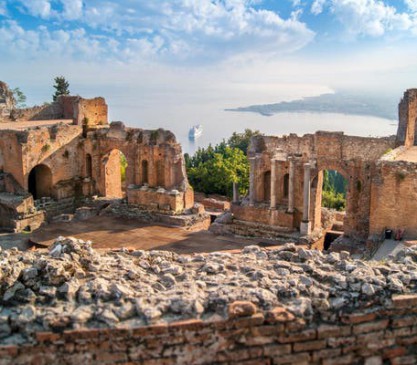
Shorelines of Memory: Culture and History Along Italy’s Coasts
The coastlines of Italy are more than a scenic frame — they are the living arteries of the country’s past and present. From ancient times, the sea served not as a boundary, but as a bridge: inviting exchange, migration, and transformation. Trade routes from Phoenicia, Greece, and North Africa once reached the shores of Sicily, Sardinia, and the Amalfi Coast, making these harbors among the oldest cultural crossroads in Europe. Italy history begins here — where salt and wind carried not only goods, but language, religion, and architecture.
This legacy is still visible in the layered port towns where Byzantine churches stand near Roman forums, and Arab domes sit beside Baroque facades. Along the coasts, Italy archaeology surfaces in daily life — from fragments of amphorae buried in beach cliffs to entire sea-facing necropolises carved into stone. In places like Ostia Antica, Paestum, or the submerged ruins of Baia, you walk not only through history, but along its maritime edges.
But culture in Italy is not a relic. It lives on in the rhythm of coastal life. In Liguria, fishermen still bless their boats with olive branches. On the islands of the Aeolian archipelago, the harvest of capers is celebrated with village feasts. In Naples, street music near the harbor echoes Arabic and Spanish tones, a memory of centuries of seaborne influence. Even the cuisine speaks of sea travel: sardines with raisins in Sicily, almond-based sweets in Puglia, citrus and spices that arrived with every new empire.
Every region offers its own interpretation of Italy culture, yet what unites them is the sea’s constant presence — shaping belief systems, economies, and everyday rituals. Italy life along the coast is slower, more elemental. It teaches a quiet appreciation for what endures: fishing nets patched by hand, processions that follow the same paths for centuries, children diving from the same docks their grandparents knew.
To understand the country deeply, begin not with its capitals, but its harbors. The story of Italy begins at the shore — and it is still being told.
What cultural influences shape Italy's identity? A powerful fusion of ancient maritime exchange, regional tradition, colonial memory, and the enduring daily life of those who live where land ends and the sea begins.
Light, Wind, and Water: Understanding Italy’s Sailing Climate
June is the hottest month in Havana with an average temperature of 27°C (81°F) and the coldest is January at 21°C (70°F) with the most daily sunshine hours at 11 in July. The wettest month is June with an average of 80mm of rain. The best month to swim in the sea is in August when the average sea temperature is 30°C (86°F).
Check all Statistics in AccuweatherAll destinations in Mediterranean Sea
-

-

-

-

-

-

-

-

-

-

-

-

-

-

-

-

-

-

-

-

-

-

-

-

-

-

